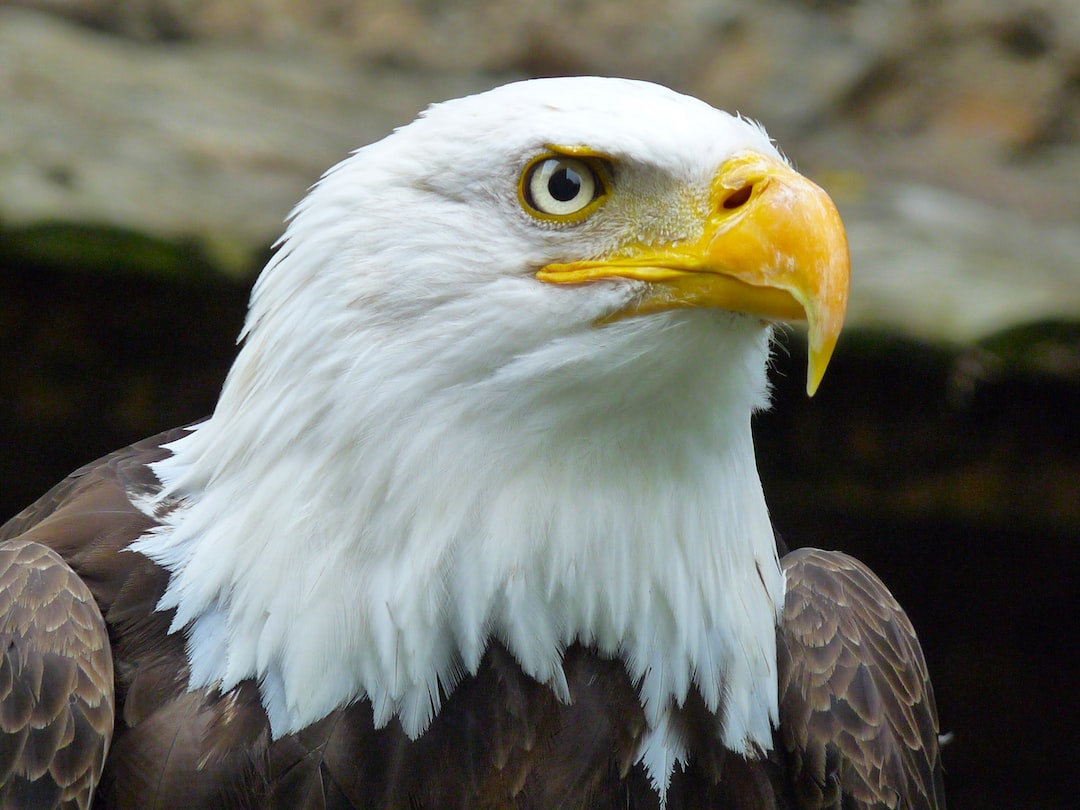Understanding Animal Sleep Patterns: Do All Animals Sleep the Same Way?
Sleep is a fundamental biological function, crucial for the well-being and survival of all living beings. It allows the body to rest and repair itself, while the brain performs important processes like memory consolidation and learning. However, have you ever wondered if all animals sleep in the same way? Surprisingly, the answer is no. Animal sleep patterns vary greatly across different species, each with its unique adaptations suited to its environmental demands and evolutionary history.
To shed some light on this captivating topic, we will explore three distinct sleep patterns found in the animal kingdom: monophasic sleep, polyphasic sleep, and unihemispheric sleep.
Monophasic sleep is the most common sleep pattern observed in humans, primates, and many other mammals. It consists of a single, prolonged sleep episode during the night, ranging from 7-9 hours for humans, although some individuals may require more or less sleep. Monophasic sleep involves multiple stages, including rapid eye movement (REM) and non-rapid eye movement (NREM) sleep. During REM sleep, vivid dreaming occurs, while NREM sleep promotes physical restoration. This type of sleep pattern is characterized by a consolidated sleep episode, ensuring sufficient rest and recovery for the body and brain.
Moving on to polyphasic sleep, we encounter an entirely different sleep pattern. Polyphasic sleep involves dividing sleep into several shorter episodes throughout the day for a cumulative sleep time equal to or less than monophasic sleep. Unlike monophasic sleep, which is usually confined to nocturnal hours, polyphasic sleep allows animals to adapt to their ecological niche and optimize their energy usage.
One well-known species that displays a polyphasic sleep pattern is the domestic cat. Cats, in the wild or as pets, are known for their ability to nap throughout the day. These short sleep episodes might last anywhere from a few minutes to a couple of hours, summing up to a total sleep time of 12-16 hours. Polyphasic sleep ensures cats are always alert and ready to hunt, mimicking their ancestors who were nocturnal predators.
Lastly, we delve into the fascinating phenomenon of unihemispheric sleep, primarily observed in birds, dolphins, and some reptiles. Unihemispheric sleep is an intriguing adaptation where animals can sleep with only one brain hemisphere at a time, allowing for simultaneous sleep and wakefulness. This adaptation is particularly useful for species that rely on long-distance migrations or need to stay alert for potential predators.
Birds, such as ducks or geese, often sleep unihemispherically when they rest on water bodies. This way, they can maintain vigilance while sleeping by keeping one eye open and one cerebral hemisphere awake, ensuring their safety. Similarly, marine mammals like dolphins engage in unihemispheric sleep while navigating vast oceanic environments. Their ability to rest one hemisphere at a time allows them to swim close to the surface, surfacing for air when needed, while still maintaining awareness of their surroundings.
Unihemispheric sleep showcases the impressive adaptability and evolutionary strategies developed by animals to optimize their survival. By being able to sleep and remain partially awake simultaneously, these species demonstrate the complexity of their sleep architecture.
In conclusion, sleep patterns in animals are diverse, revealing nature’s incredible ability to adapt organisms to varying environmental conditions. While monophasic sleep is the most common pattern, some species have adopted polyphasic or unihemispheric sleep to fulfill their specific needs. Understanding these sleep patterns not only deepens our appreciation for the incredible diversity of life but also sheds light on the unique strategies animals have developed to thrive in their respective environments.

